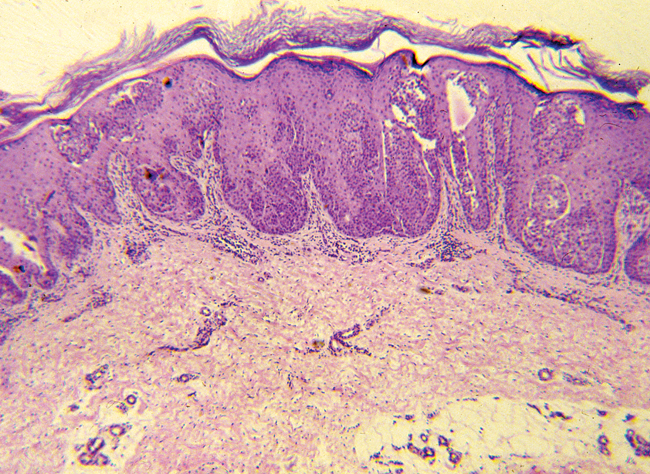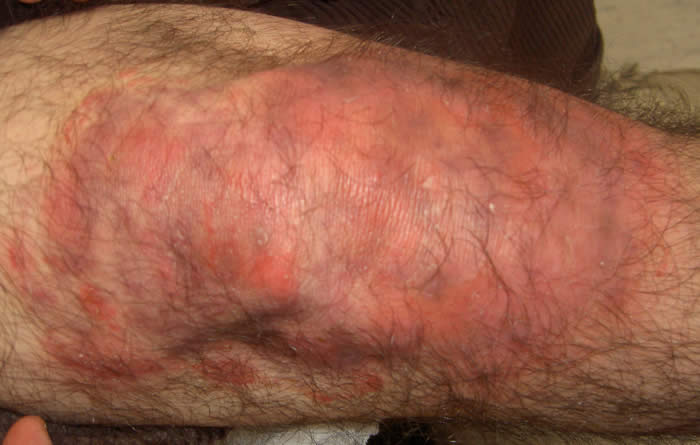The
skin is the largest body organ. Composed of epidermis and dermis, it protects
the body in a variety of ways, securing physical integrity and providing
sensory and thermoregulatory control, and maintaining immunologic surveillance.
Focused work on the structure and biochemistry of the epidermis as a permeability
barrier has led to a much increased understanding of the epidermis and
its function, and has provided advanced therapeutic options to help patients.
 
The dermatologist is both a primary care and a consultant physician with
advanced knowledge about skin disease whose efforts combine surgery, pediatrics,
internal medicine and pathology. Most often, skin findings provide an
experienced observer with the clues required for a diagnosis. If there
is uncertainty, or if the diagnosis of cancer is entertained, a microscopic
view (the skin biopsy) becomes mandatory. However, the dermatologist is
more than a skin pathologist, for dermatology is as much a surgical specialty
as it is a pathological or medical one. Nevertheless, the basis of sound
medicine is pathophysiology.
 We recognize that dermatology is a visual specialty. The dermatologist
is the quintessential observer. But to examine the skin is not enough.
The observer looks at the patient. His appearance, his size, every gesture
and motion tell something about the patient. The one diseased is as important
as the disease itself. Through observation, the dermatologist strives
to grasp who the patient is, what signs of his/her disease are evident,
how his/her livelihood and environment influenced its manifestations,
and how this disease relates to fundamental alterations in anatomy and
physiology. We recognize that dermatology is a visual specialty. The dermatologist
is the quintessential observer. But to examine the skin is not enough.
The observer looks at the patient. His appearance, his size, every gesture
and motion tell something about the patient. The one diseased is as important
as the disease itself. Through observation, the dermatologist strives
to grasp who the patient is, what signs of his/her disease are evident,
how his/her livelihood and environment influenced its manifestations,
and how this disease relates to fundamental alterations in anatomy and
physiology.
To achieve this end, one must elicit a proper history, see and understand
all abnormal lesions of the skin, hair, nails and contiguous mucous membranes,
understand the clinical and pathological basis of primary, secondary and
special lesions of the skin, and interpret the clinical signs, historical
data and general observations.
All of these data are then analyzed within the perspective of a system
of classification wherein the problem may be further understood. Certain
clinical and laboratory procedures may be utilized to more precisely define
these data. In the final analysis, the questions: “Who is this patient?
What is his disease? What is the most prudent management of this problem
diagnostically and therapeutically?” are answered. |
